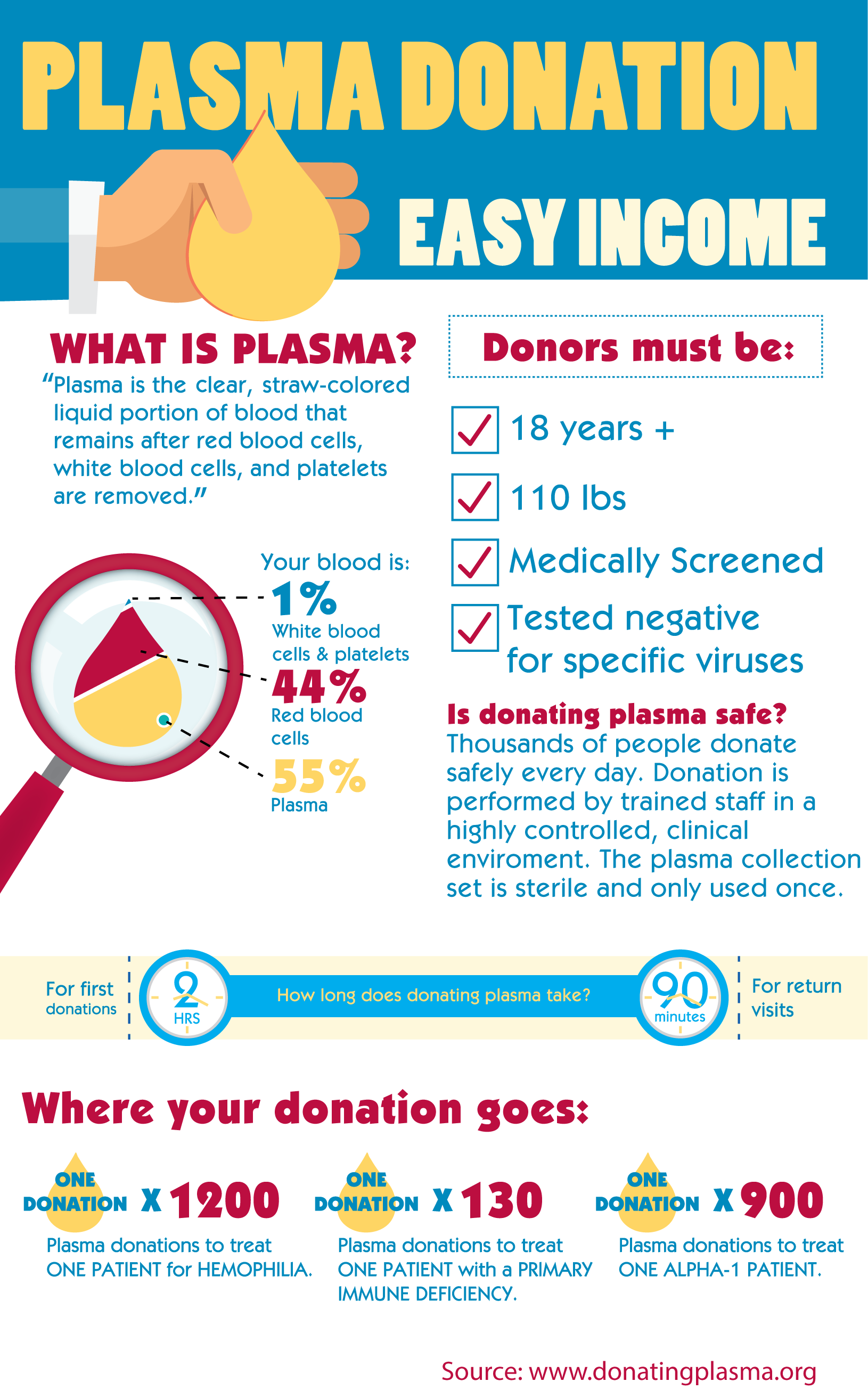Dixie State University students help those who need plasma by donating their own each week and getting paid for it.
In fact, getting paid may be the most common motivation behind donating plasma as most of the plasma donation centers in the U.S. are located in low-income communities, and DSU students who donate plasma often use the compensation as a source of income. National donation center BioLife Plasma Services, the only plasma donation service in St. George, pays donors bi-weekly for plasma donations and educates donors on their website about health precautions to avoid negative side effects.
Payments range from $20 to $25 dollars for the first donation and $35 to $40 for the second donation if the donors visits within a calendar week.
According to its website, BioLife values the health and safety of donors and customers as their mission is “to provide the highest-quality plasma to meet the expectations of our customers, ensuring the availability of life-saving therapies for patients.”
Some focal points for maintaining health provided on the BioLife site are: pump up protein and iron intake because plasma has a high concentration of both, stay hydrated as plasma is about 92 percent water, and eat healthy meals prior to donating.
The Atlantic, however, published an article about the potential health risks plasma donors may be subject to. The author wrote about her own concerning experiences after donating plasma, such as intense fatigue and fainting.
Nevertheless, the BioLife website states, “Donating plasma is a low risk procedure with minimal or no side effects.”
College students like Madison Eyre, a freshman general education major from Riverton, who donates plasma agrees side-effects are minimal and donating plasma overall is a beneficial process, especially because of the compensation.
Eyre initially decided to become a plasma donor with BioLife because of the pay.
“It was around the holidays, and I’m a poor college student so I was like, ‘Oh, this is something to get a little extra Christmas cash,’” Eyre said.
Likewise, alumus Jayce Mangum, who was a donor for three years, said he began to donate initially for the compensation. He then learned he had a family member with an immune deficiency who needed plasma transfusions to prevent infections, which further motivated him to continue donating and help those who need it.
“I felt like I was helping my cousin get a treatment that she needs to survive,” Mangum said.
Eyre said she donated plasma four times a month for about three months, and Mangum donated twice a week for three years. Both Eyre and Mangum said they never experienced any negative side effects or were concerned about their health due to plasma donations.
“I think [donating plasma] is a good thing,” Eyre said. “If you need a little extra cash here and there, I would do it.”
Eyre said although she recommends donating plasma, she doesn’t recommend being a long-term donor because of the potential health risks like faintness, fatigue, bruising etc.
Allee Shook, a sophomore American Sign Language interpreting student at Utah Valley University, also donated plasma and would recommend it to students.
“I moved to a different state… I needed money, and I thought it was a good cause,” Shook said. “The only negative is that I get super hungry and tired, but other than that I don’t get dizzy or anything.”
Shook noted the various precautions her donation center took to ensure her health: blood pressure monitoring, checking iron levels, etc.
Along with potential health risks, an author at The Atlantic also argued the offered incentive may cause other problems: “… agencies relying on voluntary donations reject the plasma center model because cash incentives for whole blood may give donors an incentive to lie, heightening risks of a tainted supply.”
Biolife often offers deals or promotions in regards to compensation to get more donors, and The Penny Hoarder published an article last year highlighting the pay for plasma donations and why it is a good deal for college students, while others argue that plasma donation centers are exploiting students and targeting the poor to receive plasma donations.
Regardless of potential health risks, there is no evidence of students losing interest in being plasma donors as the benefits, including compensation, serve as strong motivators for donors.


